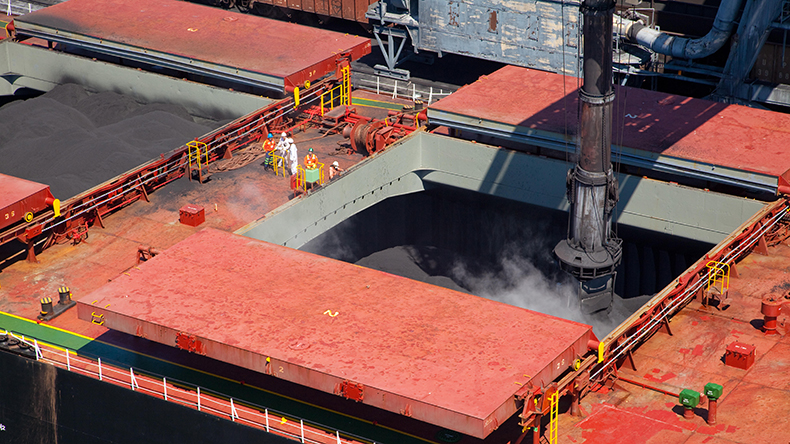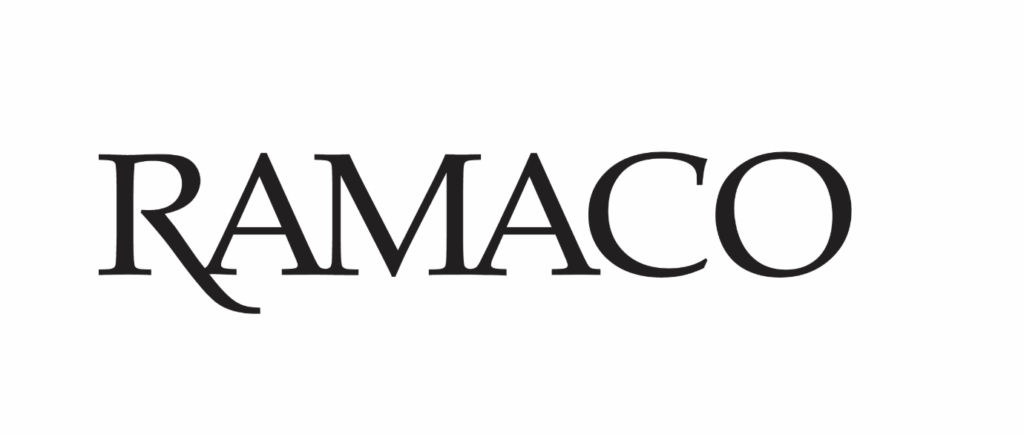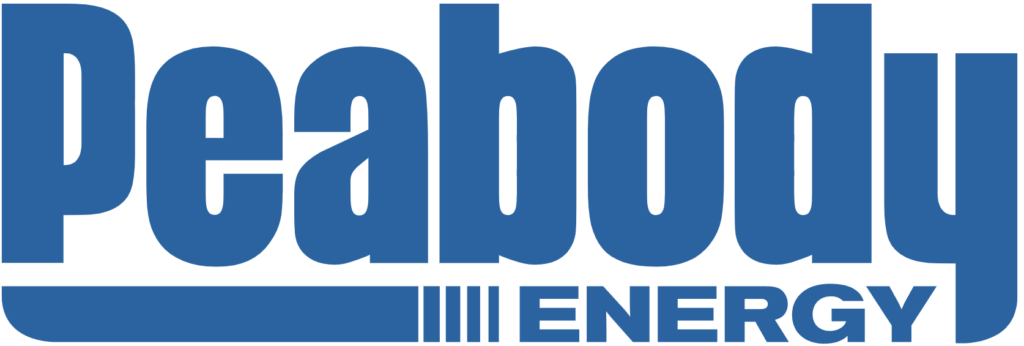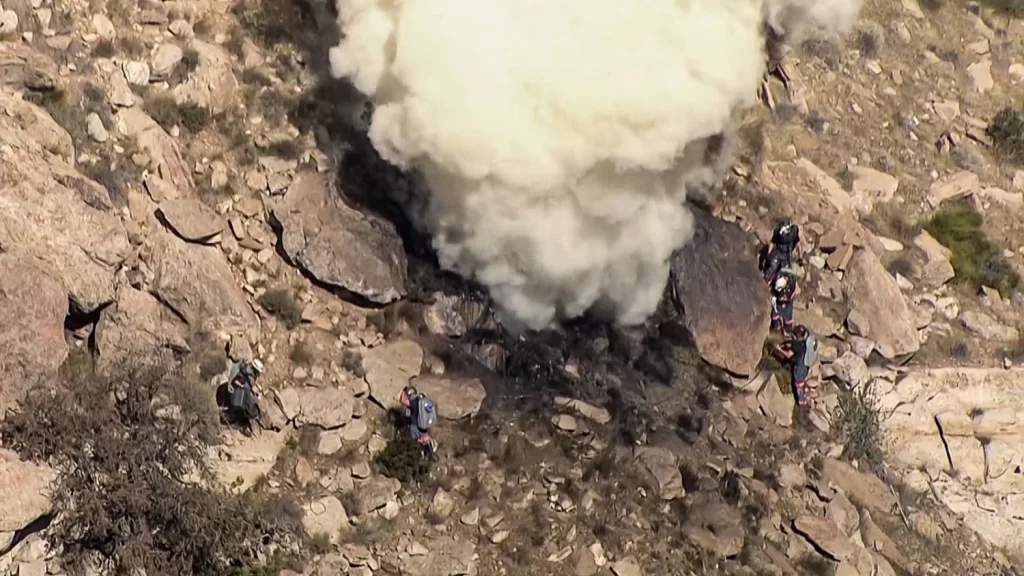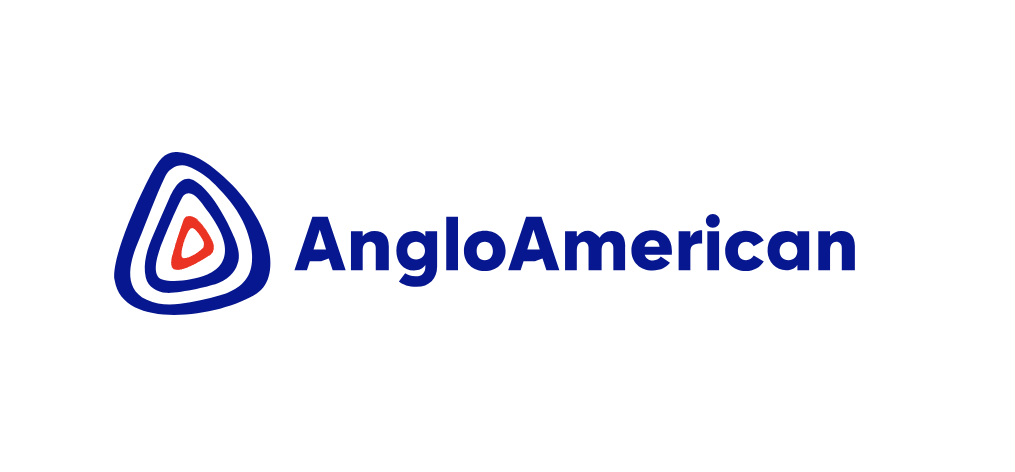The Indian seaborne spot market for met coke, a key raw material in steel production, is experiencing a slowdown due to several factors. This comes even as steel production in India remains strong.
Market participants attending a recent coal conference in Goa, India, reported a shift in buying behavior. They mentioned that under normal circumstances, they would readily purchase affordable met coke from the international market. However, despite strong steel output, this year is different.
Several factors are contributing to the slowdown:
- Softening Steel Margins: Steel mills in India are facing pressure on their margins due to a combination of factors, including:
- Weak Steel Prices: Many mills are implementing price cuts, with some offering reductions of INR 2,000 per tonne (approximately $24.12) for hot rolled coil (HRC) in March.
- High Input Costs: Strong coking coal prices, despite being lower than last year, combined with other raw material costs, are squeezing margins.
- Upcoming Capacity Expansion: Billions of dollars in capital expenditure (capex) are planned for capacity expansion, potentially leading to an oversupply situation in the future.
- Cheap Imports: Indian steel producers are facing competition from cheap steel imports, particularly from China, further pressuring domestic prices.
Despite the slowdown in seaborne met coke procurement, India remains a significant importer:
- In 2023, India imported around 4 million tonnes of met coke, up from 3.23 million tonnes in 2022.
- Major import sources include Poland, China, Indonesia, and Colombia.
- Recently, Indian buyers have increasingly favored imports from Indonesia due to freight cost advantages.
While met coke prices have fallen compared to their peak in April 2023, coking coal prices remain strong, adding to the cost pressures faced by steel mills. This situation is leading some mills to explore alternative strategies, such as:
- Blending: Some mills are attempting to blend less expensive semi-soft coking coal, potentially from Russia, with premium low-volatile (PLV) coking coal to maintain production while managing costs.
- Smaller Purchases: Some mills are opting for smaller, strategic purchases of PLV coking coal to meet blending needs.
The overall picture paints a complex situation for the Indian steel industry. While steel production remains high, various factors are putting pressure on margins and impacting seaborne met coke demand. The coming months will be crucial in observing how these dynamics evolve and impact the future of the Indian steel sector.
Source: TheCoalTrader, AI generated

